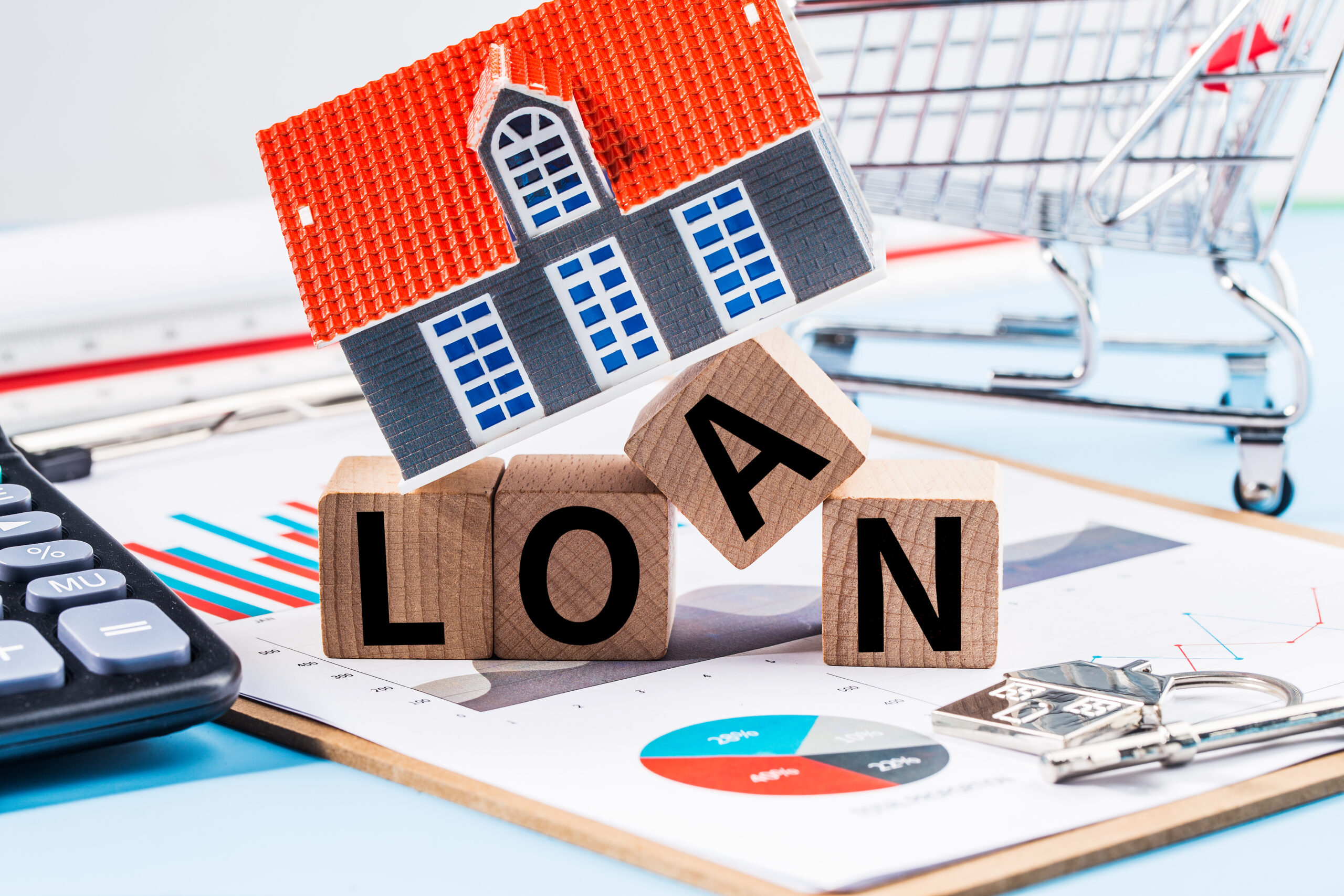Interest rates are important in influencing the cost of borrowing money. When applying for a loan, it is critical to grasp the distinction between fixed and variable interest rates. To assist you in making an informed decision, we will discuss the fundamentals of interest rates and compare fixed and variable loans in this post.
An interest rate is the percentage of a loan’s principle that a lender charges as interest. It is the cost of borrowing money, represented as an annual percentage rate (APR). Interest rates can be of two types, Fixed or Variable.

Fixed Interest Rates:
A fixed interest rate is one that remains consistent throughout the loan’s term. This means that regardless of market conditions or other variables, the interest rate will not vary. A fixed rate loan provides the borrower with a stable monthly payment amount, which can aid in budgeting and planning for the future.
Fixed rate loans are frequently used for long-term loans, such as mortgages or vehicle loans, where the borrower desires a predictable payment amount during the loan’s life. The disadvantage of fixed rate loans is that they often have higher interest rates than variable rate loans.
Variable Interest Rates:
A variable interest rate, on the other hand, is one that can change throughout the term of the loan. This means that interest rates might rise or fall based on market conditions or other factors. A variable rate loan may cause the borrower’s payment amount to fluctuate from month to month, making it difficult to budget and prepare for the future.
Variable rate loans are frequently utilised for short-term loans like credit cards or personal loans. They typically have lower interest rates than fixed rate loans, making them more appealing to borrowers. However, there is always the possibility that interest rates will rise, resulting in higher monthly payments.
Factors that Affect Interest Rates:
A lot of factors influence interest rates, including inflation, the economy, and the Central Bank. Borrowers can expect lower interest rates when the economy is healthy, inflation is low, and the Central Bank keeps interest rates low. Borrowers can expect higher interest rates when the economy is weak, inflation is rising, and the Central Bank is raising interest rates to combat inflation.
Which option is Right for you?
Your financial status and aspirations will influence whether you choose a fixed or variable interest rate loan. A fixed rate loan may be the ideal option for you if you want a stable payment amount during the term of the loan and prefer to have a predictable monthly budget. A variable rate loan, on the other hand, may be a better option if you are ready to accept some risk and can withstand swings in your monthly payment amount.
In conclusion, interest rates are an important factor to consider when taking out a loan. Fixed interest rates offer predictability and stability in monthly payments during the life of the loan, whereas variable interest rates offer lower rates but risk unpredictable payments. Finally, the choice between fixed and variable interest rates is determined by your personal financial condition and goals. Before making a decision, it is critical to thoroughly analyze the terms and circumstances of any loan and to conduct research. You can make an informed decision that matches your financial needs if you grasp the fundamentals of interest rates and the differences between fixed and variable loans.

